May 24, 2025
Author:Sam Wonder
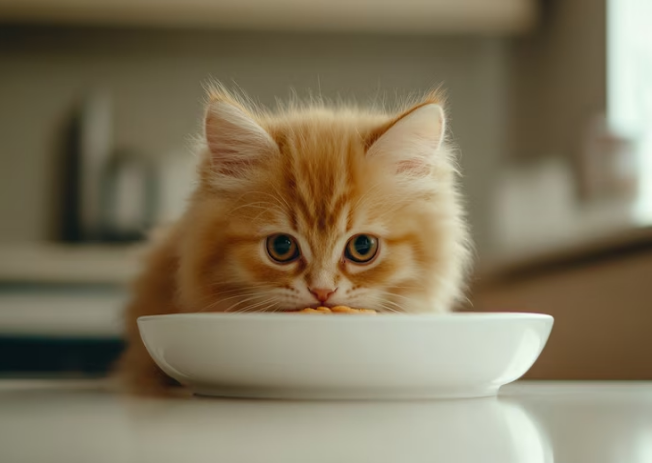
Bacon smells like a treat. Tastes like a treat. Acts like a treat. But is it a safe treat for your cat? Here’s where most people get tripped up: Bacon is meat, and cats are obligate carnivores. So it feels harmless. Maybe even helpful.
But that crispy strip packs more risk than most pet owners realize. One bite won’t kill, but over time? You might be feeding your cat more than flavor. You might be feeding them salt, fat, and nitrates that their body can’t handle.
This article cuts through the assumptions and gets straight to the point.
● What bacon actually does to your cat’s body
● The difference between cooked, raw, and processed bacon
● How much is too much (and what “occasional” really means)
Let’s clear the plate of myths—and keep your cat’s health where it should be: top priority.
Bacon isn’t just salty meat. It’s processed, saturated, and full of compounds that don’t belong in a cat’s system. You may think a small bite is harmless. But here’s the real breakdown of what happens when bacon hits a feline stomach.
Your cat’s kidneys are precision filters. They regulate sodium, balance electrolytes, and flush toxins out of the bloodstream. Bacon disrupts this balance.
Processed bacon contains excessive sodium, far beyond what a cat’s kidneys are designed to manage. A single strip can carry up to 200–300 mg of sodium, depending on thickness and cure. Cats need less than 42 mg per day. The overflow puts strain on renal filtration, increasing the risk of chronic kidney disease (CKD)—a common, progressive condition in aging cats.
Then there’s the liver. It processes dietary fats and handles metabolic waste. But bacon fat, rich in saturated lipids and preservatives like nitrates and nitrites, forces the liver to compensate for non-biological compounds. This intensifies enzyme load and may impair detox functions over time.
For cats with preexisting renal or hepatic vulnerabilities, this stress multiplies. The result? Compromised organ performance that often presents only when damage is already advanced.
Your cat’s gastrointestinal system evolved to process lean, unseasoned animal protein, not greasy, cured meat.
Preservatives and spices make things worse. Many commercial bacon products are seasoned with black pepper, paprika, onion powder, or garlic powder—all of which are known irritants or toxins to cats. These additives inflame the stomach lining and disturb gut flora, sometimes resulting in:
● Diarrhea
● Loss of appetite
● Gas or bloating
● Dehydration from fluid loss
Repeated episodes of gut irritation can lower nutrient absorption rates, weakening immunity over time.
Bacon is calorie-dense but nutritionally void for cats. A single half-strip can contain 20–40 calories. That may sound small—until you realize the average indoor cat only needs 180–220 calories per day. And those calories should come from protein-rich, species-appropriate food.
Bacon delivers empty fat and sodium with no fiber, taurine, or essential vitamins. That means your cat fills up without meeting any nutritional targets. And when bacon becomes a recurring treat? You’re setting the stage for gradual, unnoticeable weight gain.
Obesity in cats doesn’t just affect appearance. It increases the risk of:
● Type 2 diabetes mellitus
● Osteoarthritis and joint degeneration
● Heart stress and hypertension
● Shortened life expectancy
Excess fat can also insulate internal organs, disrupting thermoregulation and slowing metabolism.
Pro tip: Even if bacon is offered as a rare treat, the habit it reinforces—begging for high-fat human food—can derail long-term dietary discipline.
How it’s prepared—or left unprepared—changes the level of risk it poses to your cat. Raw, cooked, and processed bacon each carries its own complications, and some are worse than others.
Let’s break it down.
Raw bacon is the highest-risk option for cats. It hasn’t gone through any heat treatment, which leaves it loaded with potential pathogens like Salmonella and Listeria. Cats have shorter digestive tracts and less robust resistance to bacterial contamination than some other species. Even if symptoms don’t show immediately, ingestion of raw bacon can lead to:
● Food poisoning
● Lethargy
● Fever
● Dehydration
● Painful bowel movements
Raw pork fat can also increase the likelihood of pancreatic inflammation, especially in cats that are sedentary or older. On top of that, the fat-to-protein ratio is completely off for feline digestion, creating unnecessary strain on the liver and pancreas.
Verdict: Raw bacon is the most dangerous form. It should never be offered—not even in small bites.
Cooked bacon lowers the bacterial threat—but raises other concerns. The problem lies in what cooking doesn’t remove: salt, saturated fat, smoke flavoring, and preservatives. When bacon is pan-fried or oven-baked, the fat content concentrates. Crunchier texture? Yes. But more oxidized fats and a higher calorie load? Absolutely.
Some people try to “pat off the grease” before feeding it to their cats. That doesn’t eliminate the sodium. It doesn’t reverse the cure. And it doesn’t solve the issue of nitrates and additives, which are absorbed during the curing process, not during cooking.
Verdict: Cooked bacon is less risky than raw, but still unsuitable. If it's ever offered (which is not recommended), it must be plain, unseasoned, and extremely limited. No daily treats. No habitual feeding.
Most bacon is processed by default. But when it’s labeled “processed” on packaging, it often contains extra preservatives, flavor enhancers, smoke agents, and added sugars. These compounds are known to irritate a cat’s gut and overwork their filtering systems.
Processed bacon bits or shelf-stable varieties—often used as toppings or snacks—are even worse. They’re high in sodium, chemically preserved, and offer no nutritional value to cats. Even tiny doses can spark digestive upset, and repeated exposure stacks long-term health risks.
Verdict: Processed bacon is the least appropriate form for cats. It adds chemical load without offering any digestible benefit.
Which is the “safest” option? None of these is truly safe. But if bacon must be fed, plain, cooked bacon (with visible fat trimmed, no seasoning, and no additives) is the least harmful. Even then, it should be viewed as an exception, not part of your cat’s regular diet.
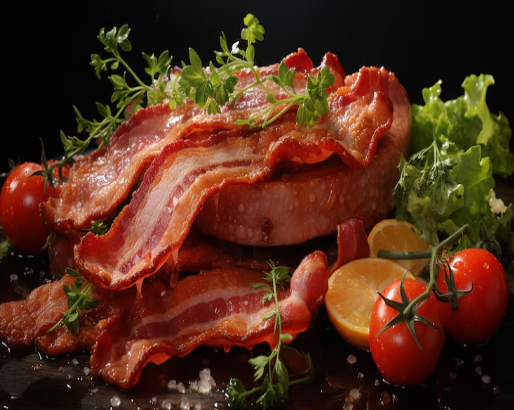
“Occasional” is vague. And in pet care, vague turns dangerous fast. What seems like a harmless reward can quietly build into something that compromises organ health, throws off diet balance, or sparks behavioral problems. So, let’s get specific.
Cats have highly specific nutrient thresholds, and bacon exceeds them on all fronts. High sodium. Excessive saturated fat. Synthetic preservatives. Even small quantities disrupt baseline dietary requirements set by veterinary nutritionists.
The problem isn’t the size of the portion alone. It’s the accumulation. A bite once a week compounds over time, especially in indoor cats with lower energy output and slower metabolic clearance. Frequent intake of salt-heavy foods elevates the risk of:
● Hypertension – narrowing of blood vessels and increased cardiac workload
● Hepatic lipidosis – especially in overweight or suddenly anorexic cats
● Kidney stress – reduced glomerular filtration and long-term renal decline
● Electrolyte imbalances – primarily sodium and chloride elevations
Another key factor: Bacon replaces calorie space. Cats operate on tight calorie budgets—typically 180 to 220 calories per day. A greasy, nutrient-void snack displaces room for taurine, omega-3s, and high-quality protein. That tradeoff weakens the diet's core function.
If bacon enters your cat’s diet more than once every 3–4 weeks, or in more than trace amounts, it’s no longer an indulgence—it’s dietary interference.
In veterinary feeding protocols, “occasional” doesn’t mean “every now and then.” It refers to foods that make up less than 10% of total caloric intake on any given day, and no more than once or twice per month.
Here’s how that translates:
● Portion size: No more than ½ teaspoon of cooked, fat-trimmed bacon
● Frequency: Limit to once every three to four weeks, max
● Form: Fully cooked, unseasoned, nitrate-free, and cooled to room temperature
● Cat profile: Only for healthy adult cats without renal, hepatic, or pancreatic conditions
This restriction becomes even tighter for cats with predisposing factors, such as advanced age, obesity, or breed-specific sensitivities. In those cases, bacon should be removed from the diet entirely.
A structured feeding approach, like those offered by WOpet smart pet feeders, ensures compliance with treat limits by enforcing portion and schedule control.
Feeding your cat bacon might seem harmless, even thoughtful. But now you know better. A single bite carries more risk than reward, and “occasional” only works when it's backed by discipline, structure, and clarity.
You’ve made it through the confusion. You’ve separated facts from assumptions. And most importantly, you’re walking away with knowledge that protects your cat’s long-term health.
Here's what you learned:
● Bacon stresses vital organs, especially the kidneys and liver
● Raw bacon is dangerous, and processed forms are the worst offenders
● Even cooked bacon should be extremely limited, and only if plain and additive-free
● ‘Occasional’ means once every 3–4 weeks, and in very small quantities
● Frequent bacon feeding raises the risk of pancreatitis, obesity, and chronic disease
● Structured feeding is essential to avoid habit creep and silent diet damage
If you're serious about tracking portions, cutting back on risky foods, and making every calorie count, WOpet’s smart feeders and hydration tools can help keep your routines clean and consistent. From remote portion control to symptom monitoring, our tech supports every pet owner who wants better, not riskier, choices. Because peace of mind shouldn’t come with preservatives.
Label:
Popular Post
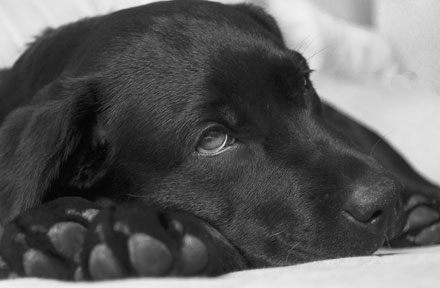
What to Feed a Sick Dog With No Appetite? [2025 Guide]
May 16, 2023
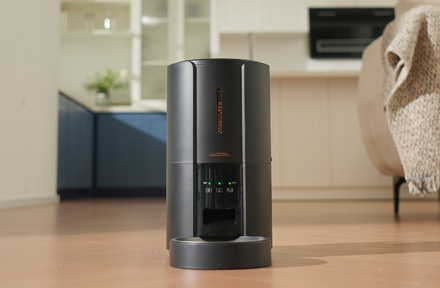
Troubleshooting Common Issues with Automatic Pet Feeders: Tips & Tricks for Pet Owners
Oct 26, 2023
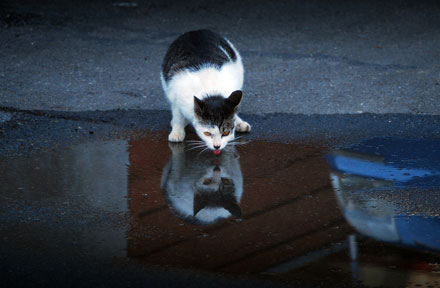
Why Does My Cat Cough After Drinking Water? 8 Potential Reasons
Mar 13, 2023
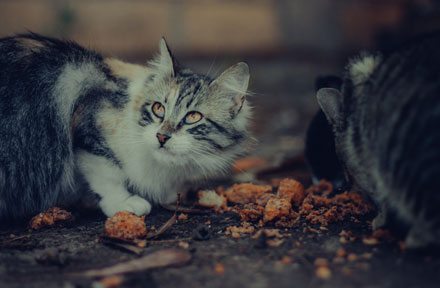
My Cat Only Eats A Little at A Time - What to Do?
Feb 27, 2023
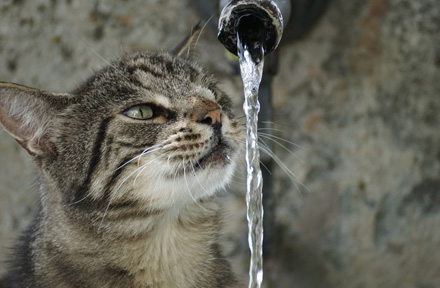
Why is My Cat Throwing up Water? Top 5 Causes Here
Feb 08, 2023
$99.99
$129.99
Copyright © 2025 WOPET. All Rights Reserved.